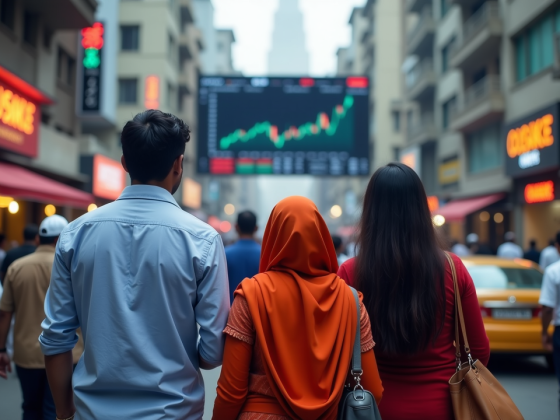Singapore, which has historically depended on gas for its energy supply, is now exploring regional grid connections.
The strategy primarily involves utilising subsea cables to establish links between national grids, thus facilitating electricity trading across borders, Rystad Energy said in a report on Tuesday.
This strategic transition is intended to speed up the process of decarbonisation and separate local electricity costs from the fluctuations of the international gas market.
Decarbonisation and cost benefits
Rystad Energy research suggests that realising all proposed interconnections to Singapore could stimulate over $40 billion in regional investments for renewable and energy storage projects.
This development could unlock up to 25 gigawatts (GW) of hydropower, solar, and offshore wind capacity.
Singapore’s strategic location allows it to function as a pivotal green energy center, facilitating connections with neighboring countries via regional power grids.
“Singapore stands to benefit the most from Southeast Asia’s emerging regional grid, but realizing these gains will require coordinated, win-win cooperation with supplier countries, many of which may see limited direct advantage in linking up with another market,” Raksit Pattanapitoon, lead renewables & power analyst (APAC), Rystad Energy, said in the report.
For the island nation, importing electricity through these networks offers a financially viable approach and has the potential to lower emissions by up to 13 million tonnes of carbon dioxide equivalent annually, assuming the completion of all proposed initiatives, according to Rystad Energy.
This strategy offers not just significant decarbonisation benefits, but also strengthens Singapore’s energy security by enabling a wider, cleaner energy mix, thereby furthering the nation’s sustainability objectives, the Norway-based energy intelligence company said.
Singapore’s electricity mix
The Iberian Peninsula’s recent blackouts highlighted the crucial need for grid resilience to be prioritised. Also, fragile grids and inadequate storage often cause large power failures.
Pattanapitoon added:
Singapore can address both vulnerabilities by deepening regional integration and tapping into neighboring renewable resources, helping scale a resilient regional grid and strengthening energy security.
Singapore’s electricity production is overwhelmingly dependent on natural gas, making up 96% of its power sources.
The nation primarily utilises combined-cycle gas turbine (CCGT) plants, which are designed for power reliability.
These CCGT plants operate through a two-step process: initial electricity generation comes from burning natural gas, followed by the utilisation of the resultant hot exhaust to create steam, which powers a second turbine.
CCGT plants are known for their reliability and cost competitiveness.
Economical options
However, research conducted by Rystad Energy, which focused on the levelised cost of electricity (LCOE), indicated that sourcing electricity through ASEAN interconnectors might be a more economical choice than developing new CCGT facilities domestically.
“Current cost analyses indicate these hybrid systems could deliver lower LCOEs than many in the industry currently anticipate. Singapore, strategically positioned at the heart of this evolving energy system, stands to gain significantly,” Nevi Cahya Winofa, analyst, renewables & power research, Rystad Energy, noted.
In Singapore, the Electricity Market Authority (EMA) is instrumental in guaranteeing a consistent supply of imported low-carbon electricity.
Current regulations mandate that projects reach a minimum annual load factor of 60% within five years of operation. This ensures a stable and dependable power source for the country.
Though developers target a minimum load factor, there’s significant financial motivation to surpass it.
Enhancing load factors
Enhancing the load factor target, moving from 60% to 100%, can notably decrease the LCOE.
This reduction is achieved by more efficient transmission cost distribution and realising capital expenditure savings through increased scale.
Significant cost optimization gains are especially pronounced in countries like Malaysia (Sarawak), Cambodia, and Vietnam due to lengthy transmission distances exacerbating the benefits, Rystad said.
Optimised solar-plus-storage hybrids with appropriately sized battery energy storage systems can achieve over 90% load factors technically and economically.
Integrating these technologies with backups can meet Singapore’s EMA reliability standards and be comparable to other dispatchable energy sources.
Winofa said:
As it engages in discussions with its neighbors, the country must proactively identify and secure unique advantages to maximize shared value in the potential establishment of a regional power grid.
The post Singapore’s cross-border interconnections set to unlock 25 GW of new renewable capacity, says Rystad appeared first on Invezz


